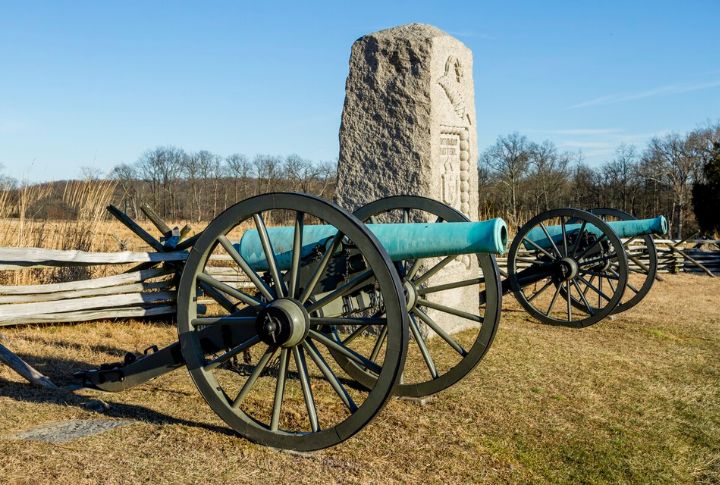
A daring Confederate assault meant to seal victory at Gettysburg instead turned into a devastating failure. Pickett’s Charge, launched with high hopes in 1863, became one of the Civil War’s most tragic miscalculations. Explore the key facts behind this doomed attack and how it collapsed on the fields of Pennsylvania.
Lee’s Fatal Miscalculation

The Confederates opened with a heavy cannon barrage to weaken Union defenses ahead of the attack. But poor aim and misjudged distances caused most shells to miss key targets. With little return fire, it seemed effective—but Union troops lay concealed, untouched, and fully prepared to strike back.
A Mile Of Open Ground

Charging over open terrain left Confederate soldiers exposed for nearly a mile. Union fire never let up, and makeshift cover, like fence rails, did almost nothing. Unfortunately, the Union line could see every step of the approach. The exposed terrain overpowered the soldiers’ courage.
Pickett’s Virginians

Major General George Pickett’s three Virginian brigades led the right flank, joined by his commanders Pettigrew’s and Trimble’s troops from multiple Southern states. As division commander, Pickett advanced to the Emmitsburg Road to coordinate the assault but did not proceed further to the front lines, consistent with command protocols.
The Firepower Of The Union Forces

Confederate losses in the charge totaled about 6,555, with over 1,100 killed and more than 4,000 wounded. Additionally, Union reports estimated around 2,500–3,500 captures, with variations in sources. Commanders also suffered heavily—Trimble lost a leg, Pettigrew was later killed, and all of Pickett’s brigade leaders fell.
Why Confederate Troops Couldn’t Hold The Line
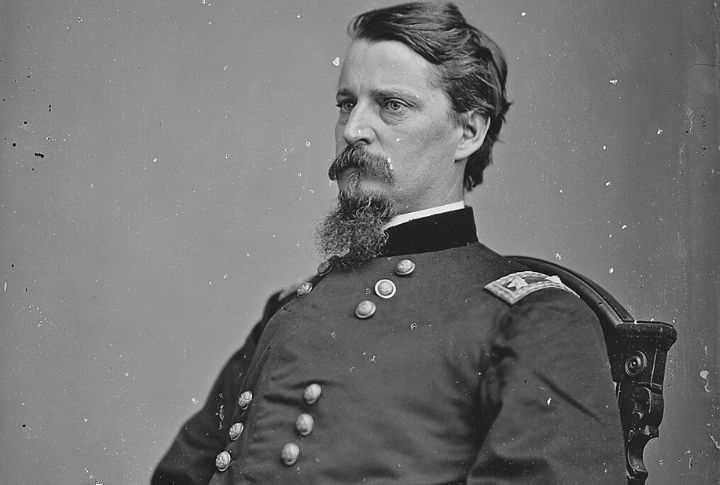
A handful of Confederate troops breached Union defenses at the stone wall on Cemetery Ridge through fierce hand-to-hand combat. But Union reinforcements arrived swiftly, overwhelming the attackers. General Winfield S. Hancock, struck during the defense, refused to leave the field and continued commanding.
Leadership Under Fire

Pickett coordinated from the rear, and other leaders also showed extraordinary grit. General Armistead, commanding one of Pickett’s brigades, famously advanced with his hat on his sword and rallied his men in the charge’s final moments. Unfortunately, he was mortally wounded near the Union line.
The Aftermath

Pickett’s Charge was a turning point at Gettysburg, which forced Lee to retreat and prevented further significant northern offensives. Though the war’s outcome involved broader factors like Union victories at Vicksburg, Lee admitted responsibility to an officer assisting, saying, “It is all my fault,” according to American Civil War Forums.
Voices From The Battlefield
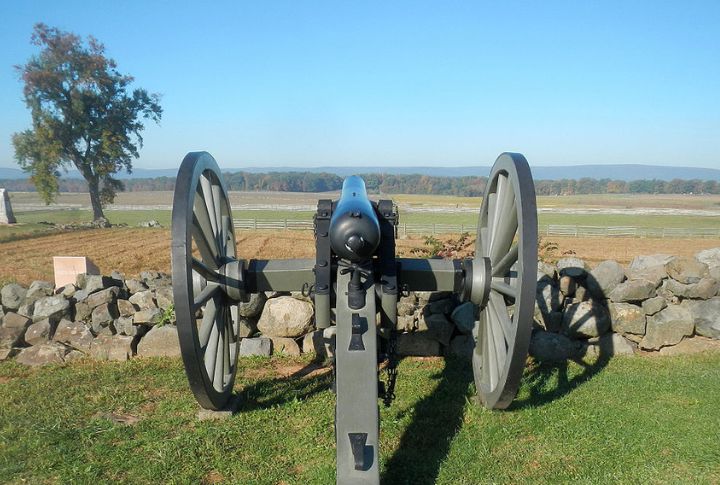
Letters and memoirs from survivors describe the chaos and horror of the charge with haunting clarity. One soldier wrote, “I saw men struck down like wheat before a scythe.” Many never forgave the command decisions that sent them into what they called a “slaughter pen.”
The Myth Of Pickett’s Charge
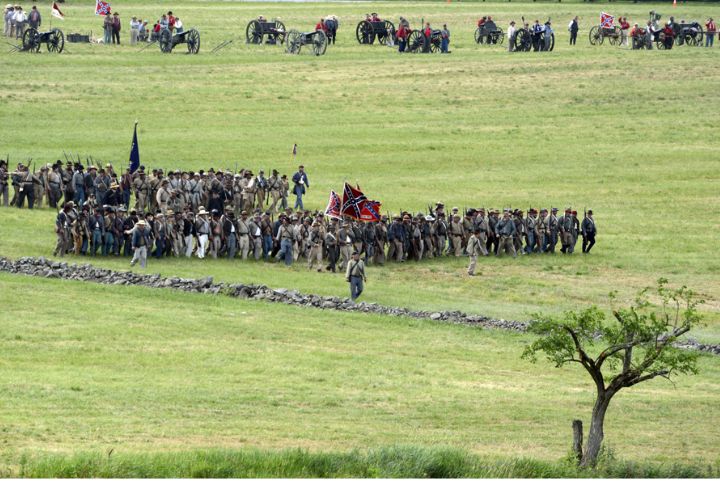
This event became a lasting emblem of Confederate bravery. Lost Cause writers reshaped the event into a tale of noble sacrifice. Yet the reality was grim—some veterans found it too painful to discuss, and Pickett privately held Lee responsible for the tragic decision that led to ruin.
Where It All Happened
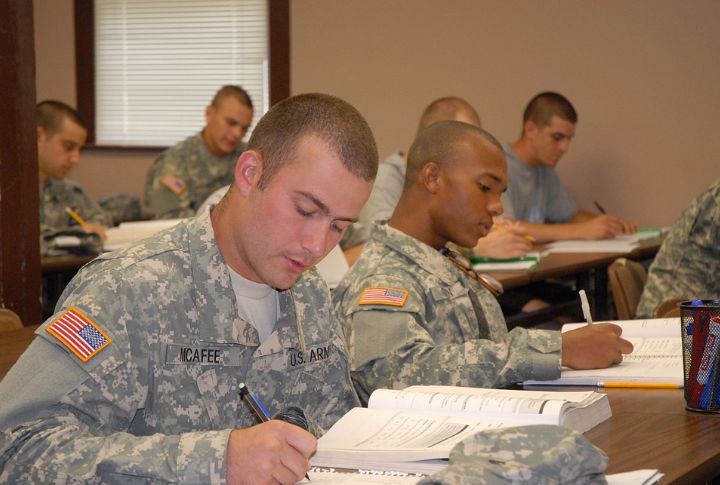
Modern battlefield maps, recreated from troop reports and terrain surveys, trace the path Confederate divisions took. Visitors to Gettysburg can walk the same stretch from Seminary Ridge to the stone wall at Cemetery Ridge, gaining visceral insight into the near-impossible odds they faced in 1863.

